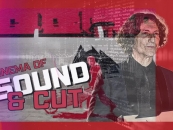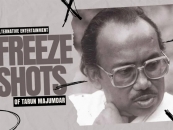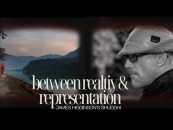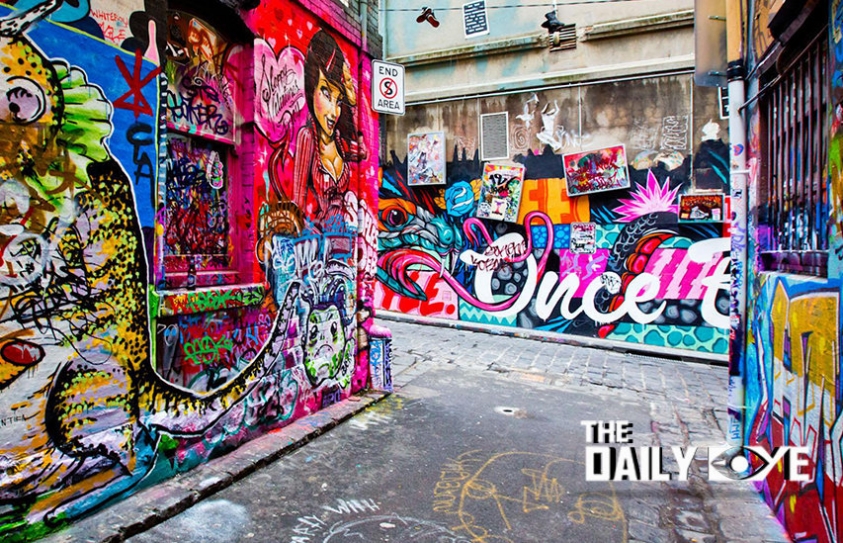
Street Art ‘Beyond the Streets’
by Yash Saboo May 23 2018, 1:13 pm Estimated Reading Time: 2 mins, 57 secsDid you ever wonder how street art originated? While street art is evolving every day, most people still think of spray paint, tags and murals when they hear the term street art. Increasingly, the genre can encompass everything from miniature wooden sailors set afloat in a river of urban rainwater, to rainbow-colored origami radiating across the facade of a centuries-old French church. Let's take a trip to the past.
Back in the early 1970s, Henry Medina and Steve Kesoglides, both teens in New York, started writing their names on things to bring out the artist within them and leave an imprint. They started with painting their own names in the neighbourhood – on walls and then moved on to trains and subways. Soon they joined United Graffiti Artists, a group of artists just like Medina and Kesoglides. They became part of a crew and their work is among the urban scrawls that developed into what we know today as ‘street art’.
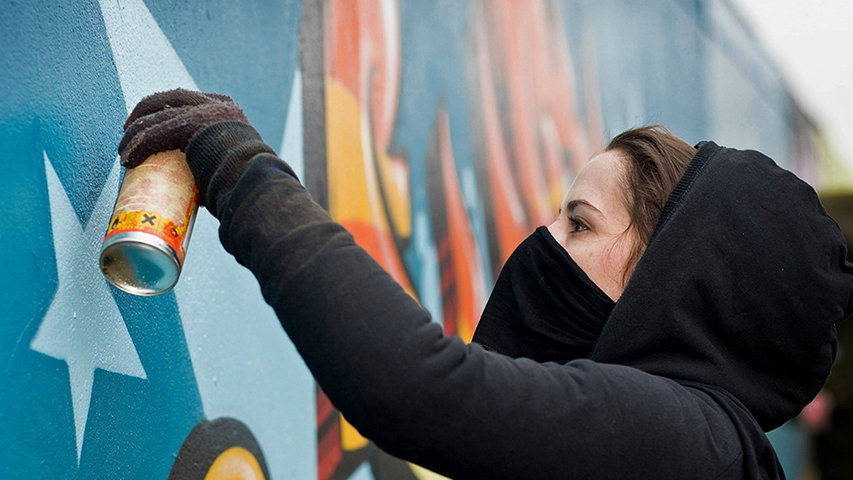
Source : Widewalls
Like any good subversive act, people soon took notice and the practice blew up. But for a long time, unsanctioned aerosol art in its best form still occupied a place somewhere between admired and criminalized.
Street art is beautiful. And this beauty is glorified in exhibitions dedicated to street art all around the world. ‘Beyond the Streets’ is the latest addition. A premier exhibition of graffiti, street art and beyond, celebrating the soaring heights to which the world’s most recognizable modern art movement has risen. It is a ground-breaking multimedia showcase of paintings, sculpture, photography, installations and more throughout 40,000+ sq ft of industrial indoor and outdoor space.
In the 1970s, with New York City broke, crime soaring and job numbers tumbling, graffiti art was a way for those who had no chance of attending fancy art schools to penetrate an otherwise impenetrable world. Lady Pink (Sandra Fabara) started tagging when she was a teenager and has shown in galleries ever since.
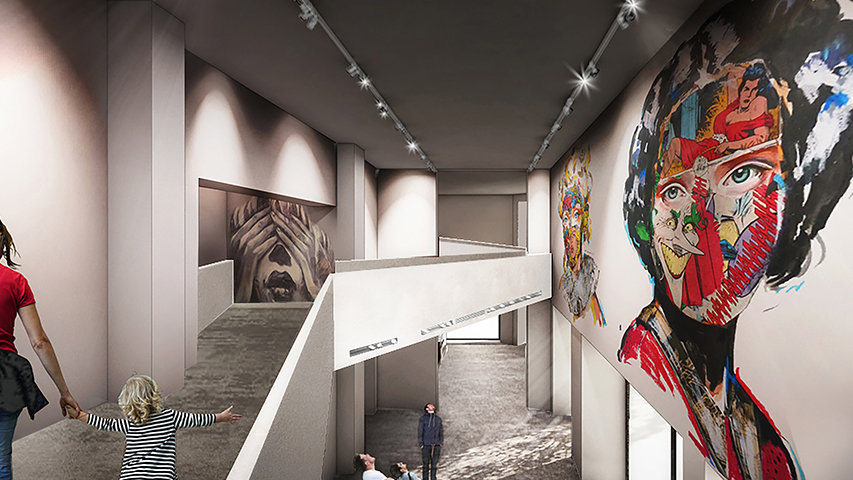
Source : Graffiti Arts
“I went to the High School of Art and Design, so that and a little bit of high school art that I took—but to be honest, I cut fifty percent of the time. I failed all my art classes. I didn’t go, too busy doing the graffiti thing,” said Fabara, who calls all of the artists, from taggers to muralists, her brothers. “What started off as New York-based graffiti has now morphed and grown into a full-fledged art movement called street art. And street art is a blanket term for all of us, vandals of kindred spirit.”
Graffiti art was a form that originated mainly among people of colour and soon began to get whiter. “I actually thought I could never do graffiti because I was white,” said Fairey, an artist. “I think the common denominator was people whose parents weren’t supervising them too much.”
Another artist, Patrick Martinez’s works reflect on immigration and gentrification. Martinez, who is based in Los Angeles, started out with graffiti, but his work now draws heavily from Los Angeles’ neon sign culture. In this show, his pieces include neon signs that read “America is for Dreamers,” “Brown Owned,” and “Freedom Cannot Wait.”
“It’s interesting to see graffiti evolve into something that you can show in a gallery or a museum,” Martinez says. “I take a lot of pleasure in seeing that growth on display here.”




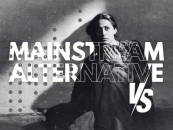

-173X130.jpg)
